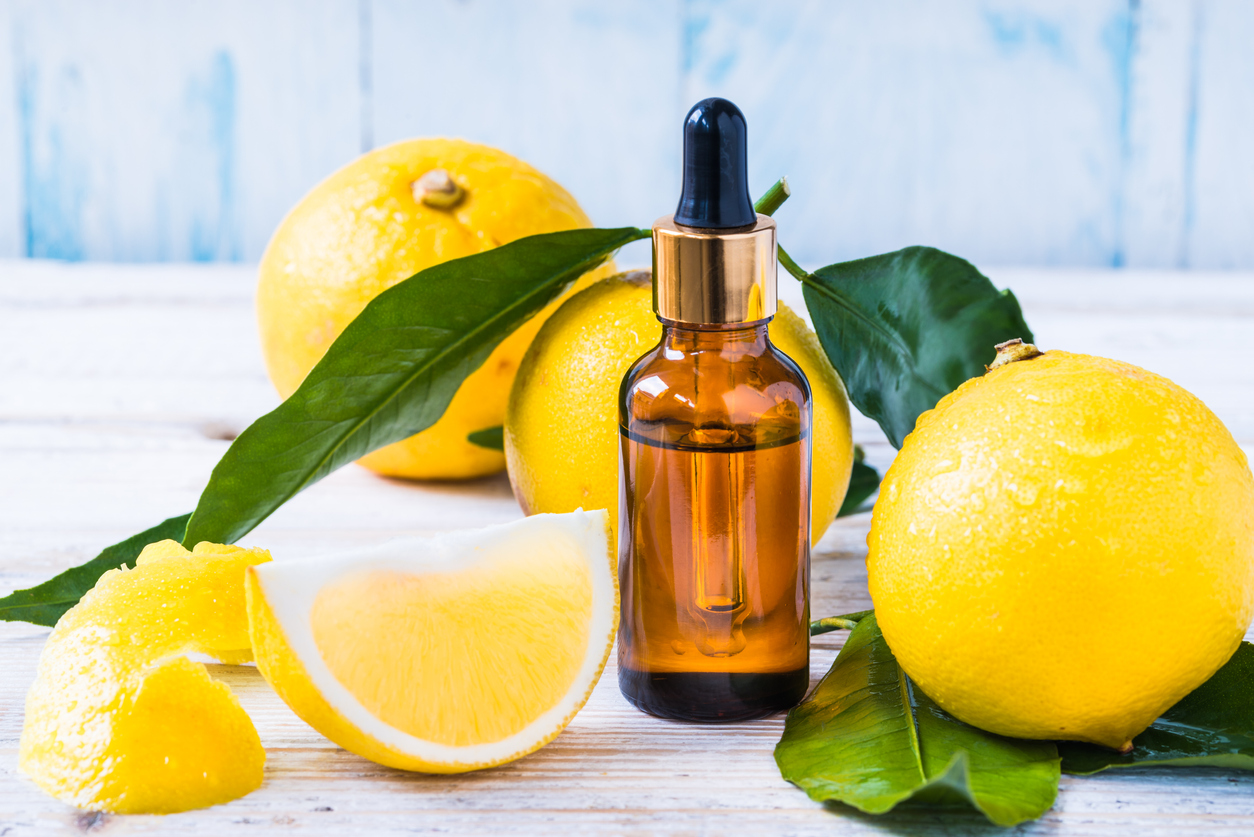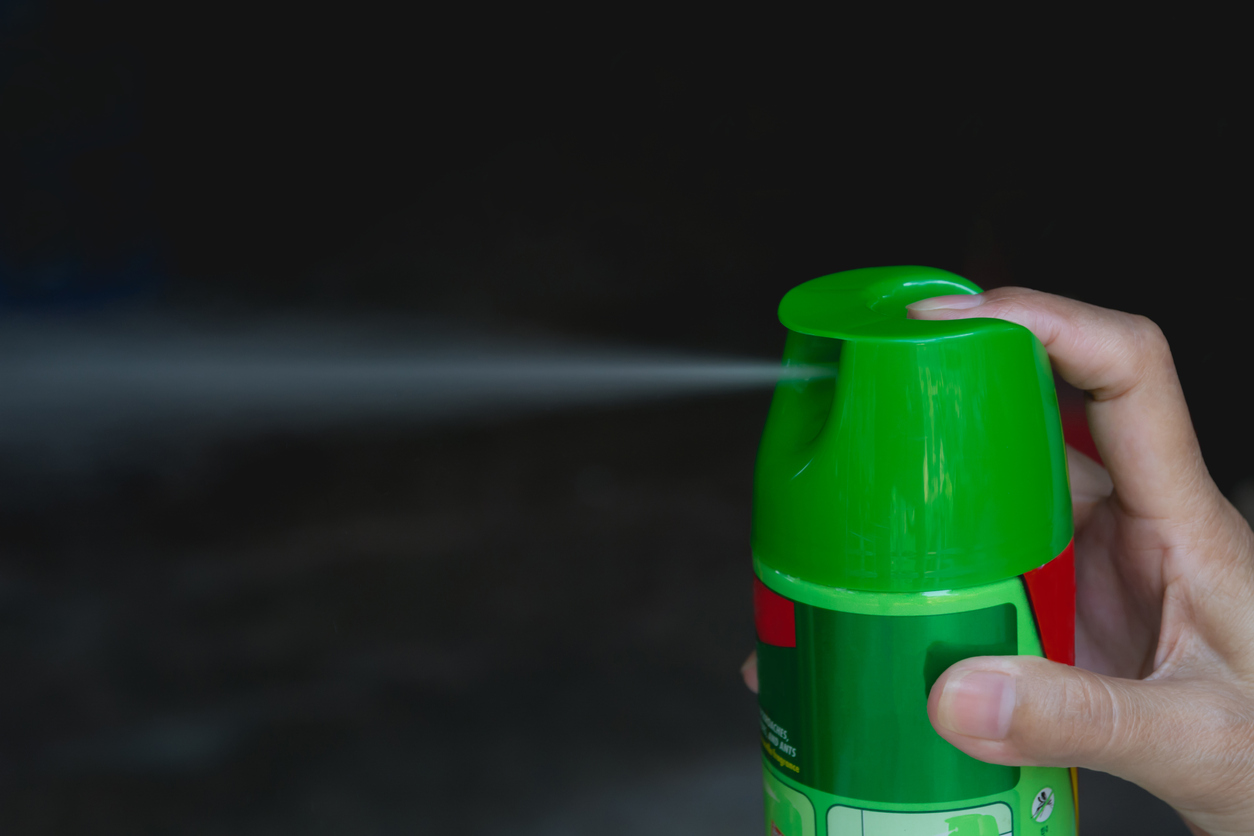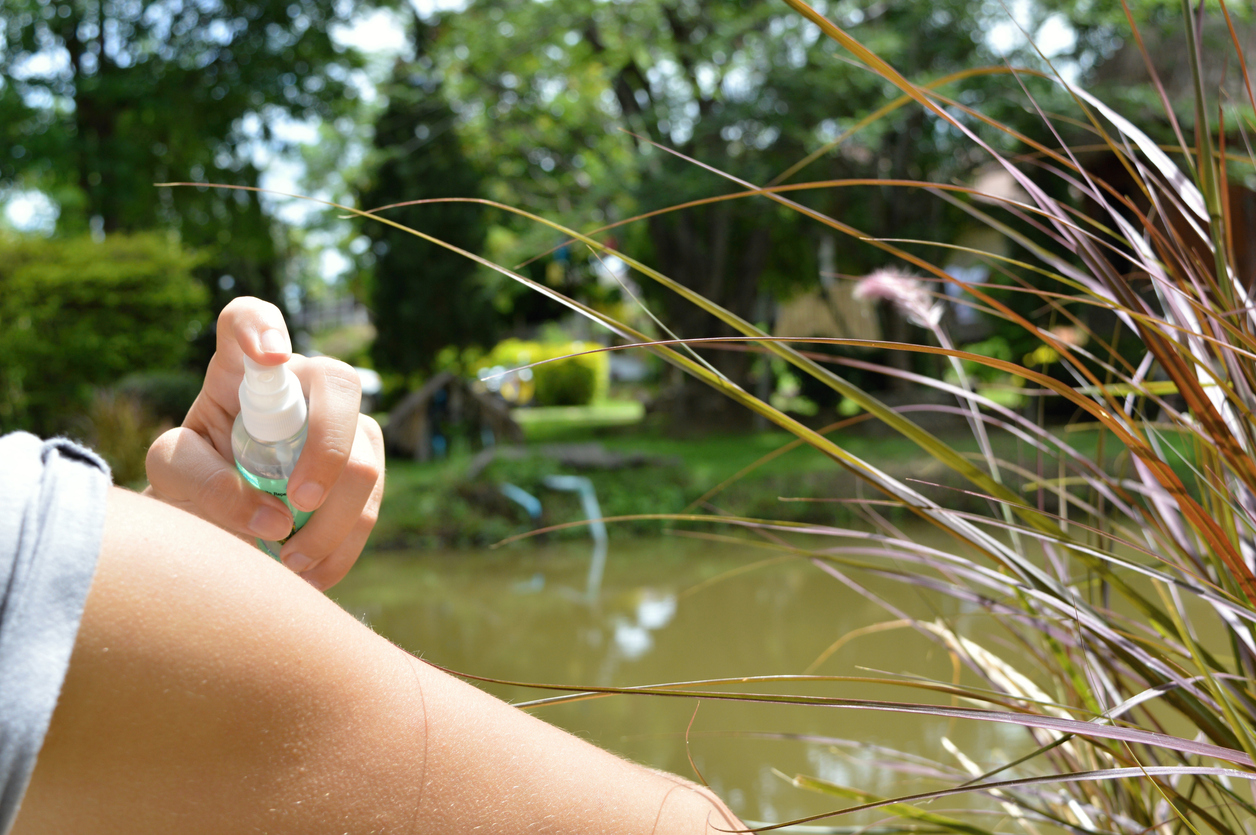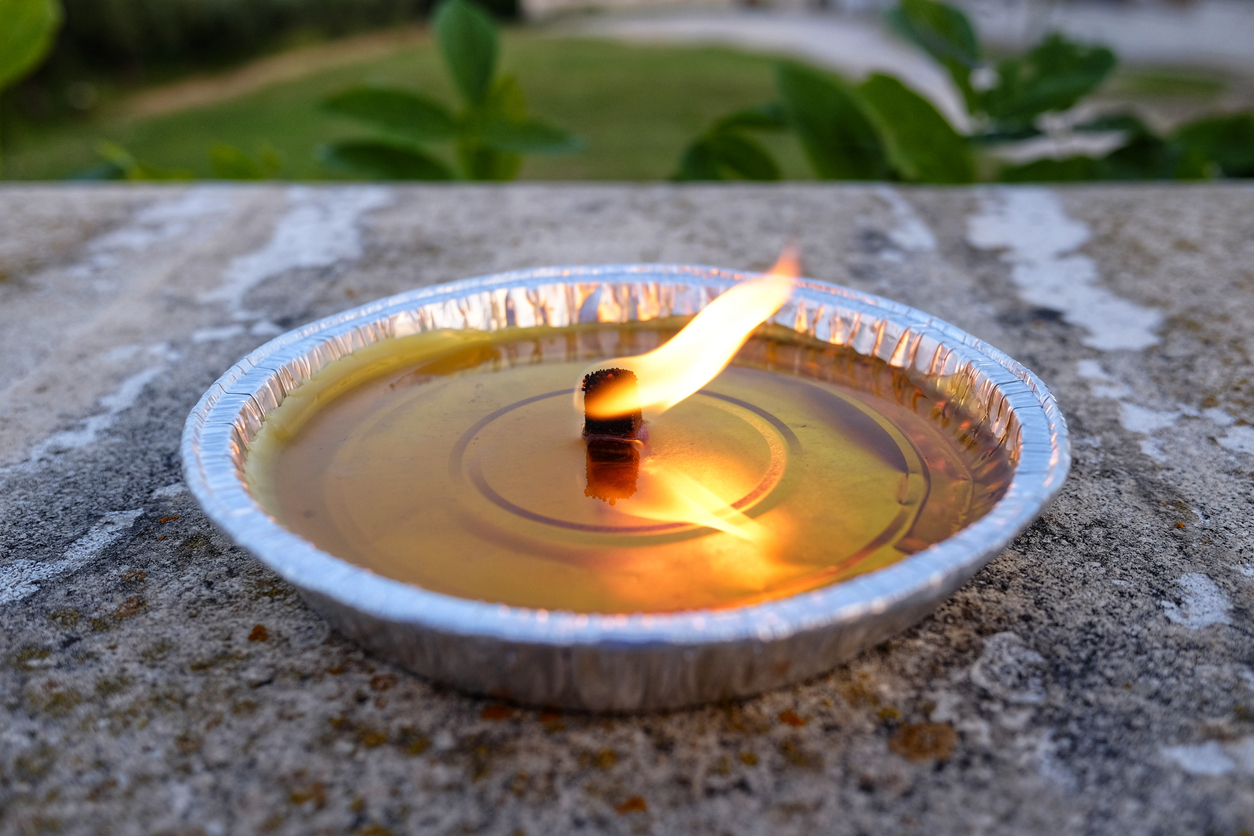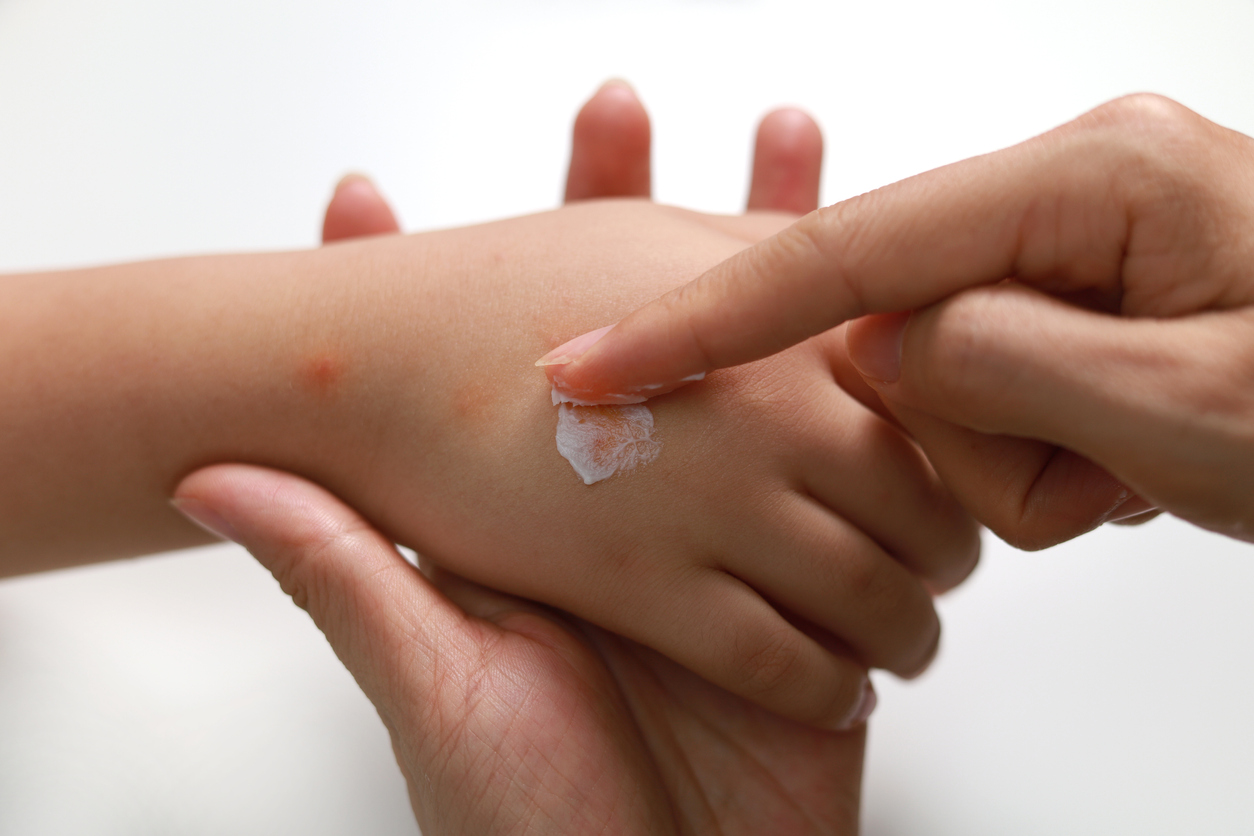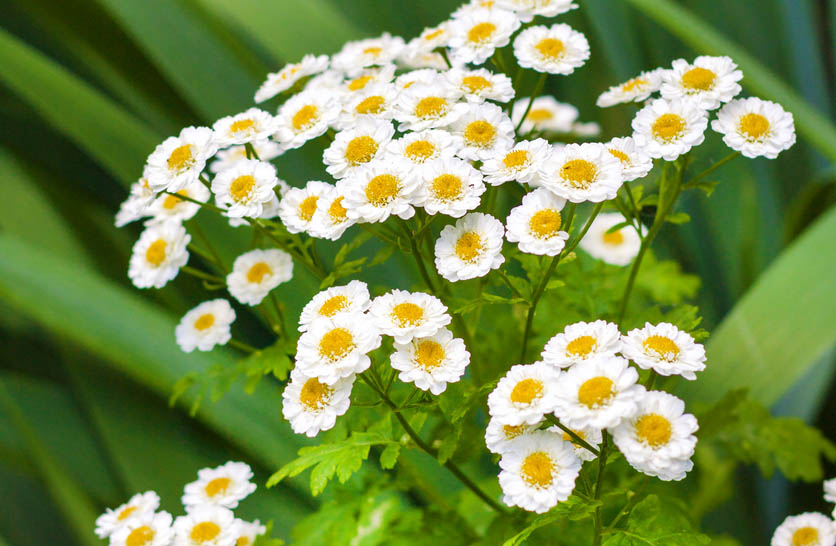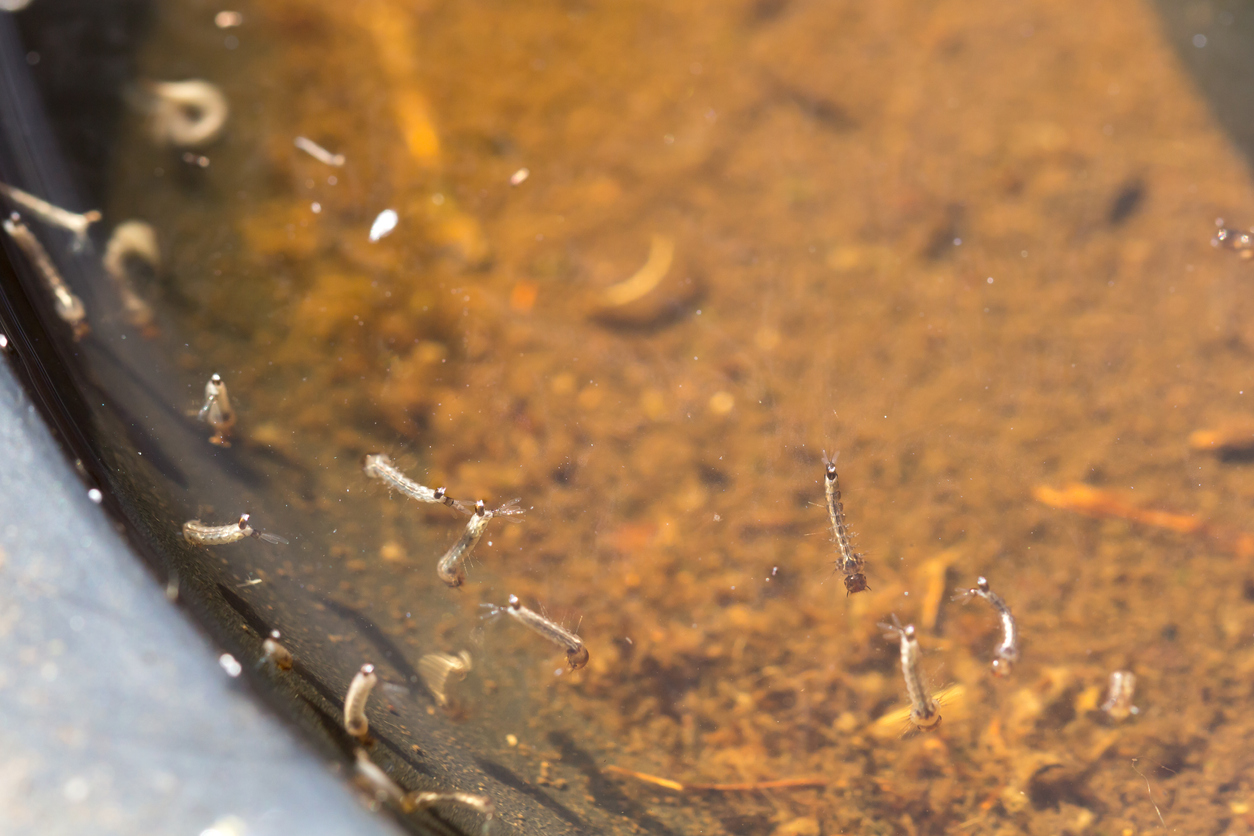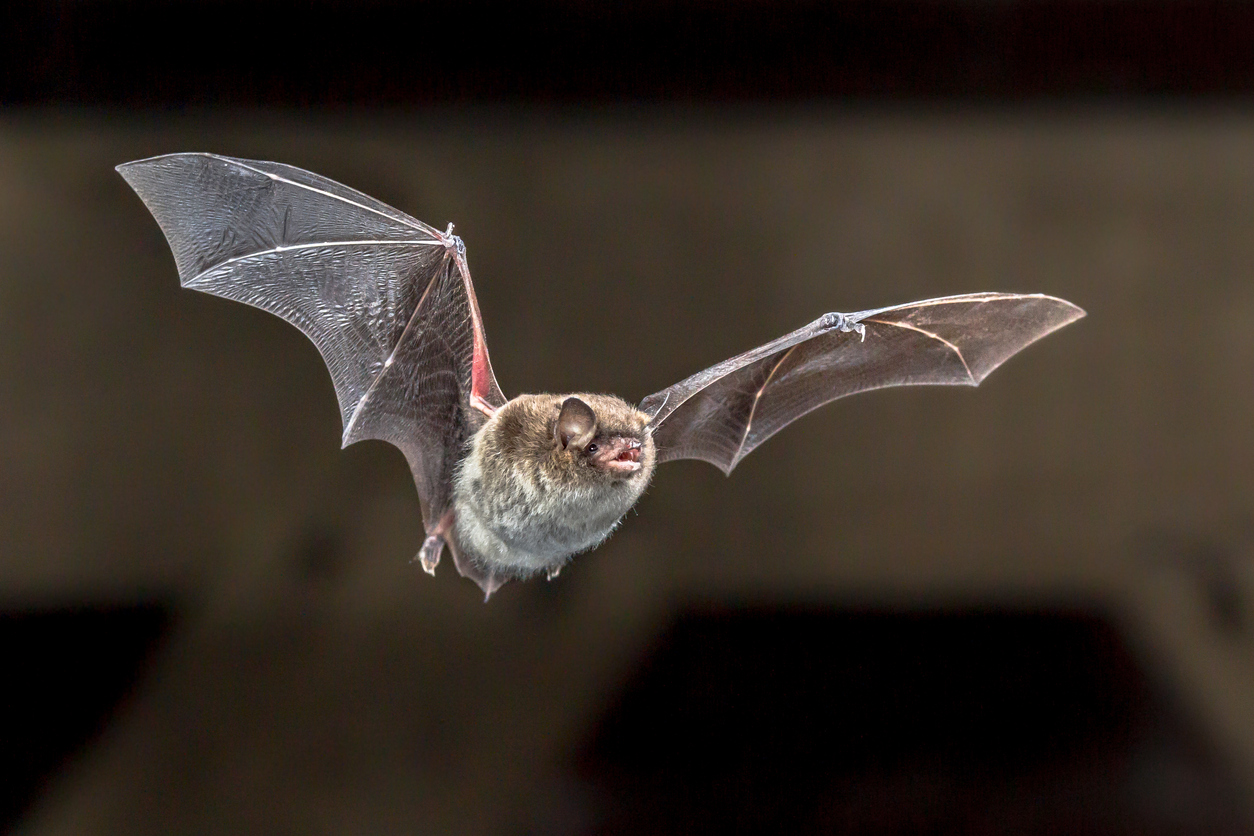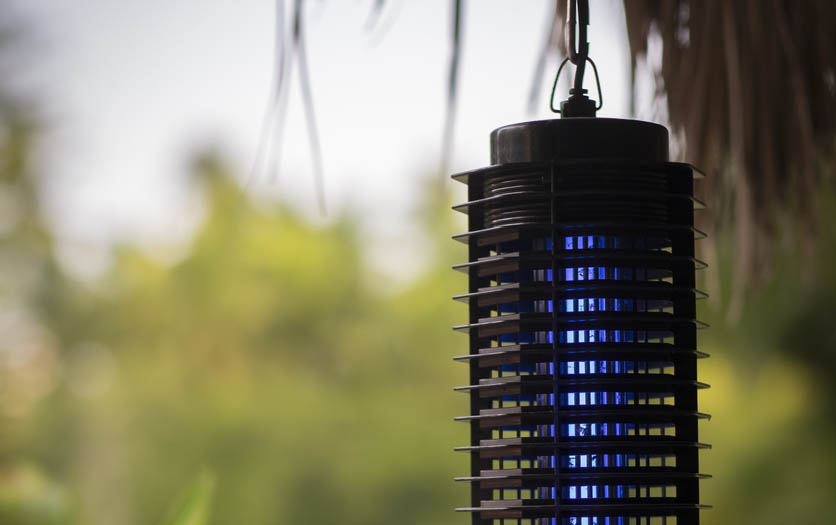West Nile Virus Prevention and Control
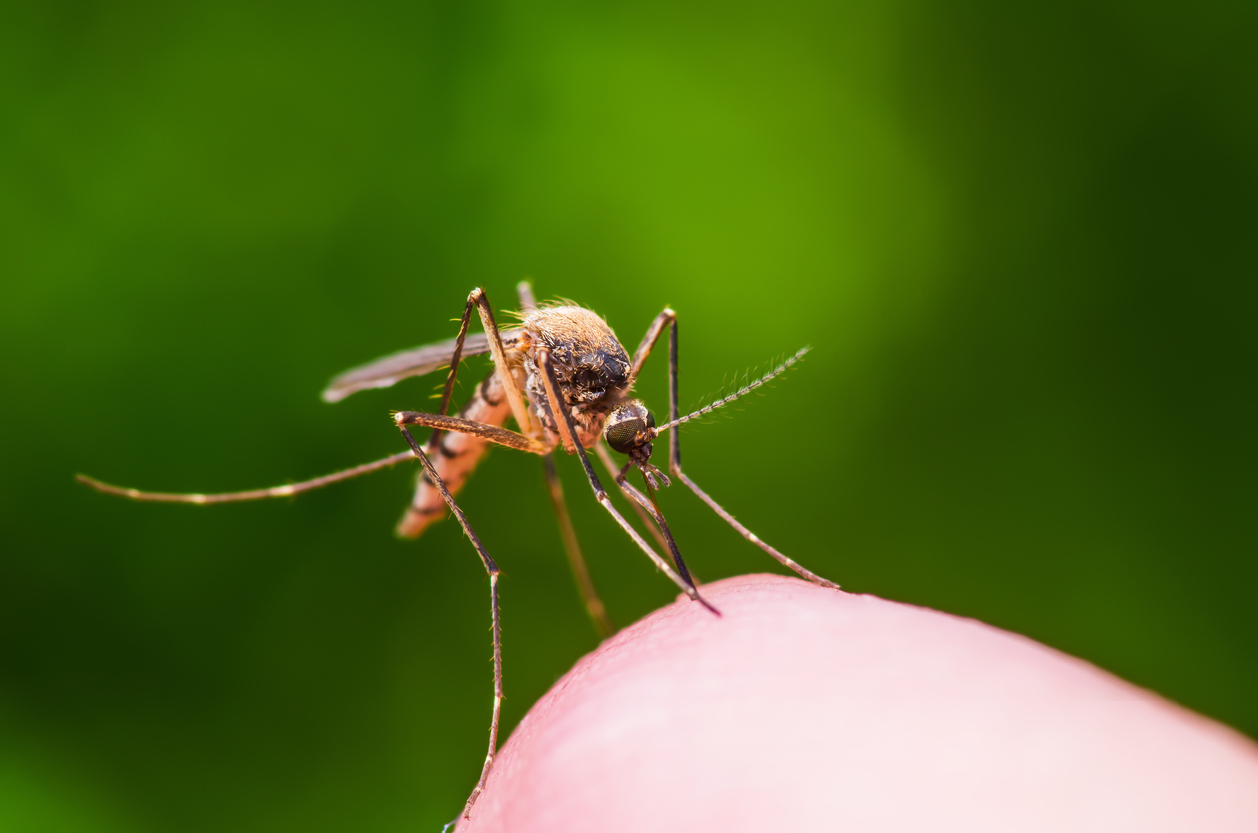 Mosquito season in Indiana runs from May 1 through October 1. Most mosquitoes in Indiana DO NOT come from swamps, rivers, streams, farm ponds, or lakes -- they come from our own backyards. The best protection against mosquitoes and West Nile virus (WNV) is prevention -- prevention of mosquito breeding sites and prevention of mosquito bites. The mosquito vectors are shown here breed in large numbers in human habitats. Here are some things YOU can do to reduce the mosquito population and help protect yourself and your family from the West Nile virus:
Mosquito season in Indiana runs from May 1 through October 1. Most mosquitoes in Indiana DO NOT come from swamps, rivers, streams, farm ponds, or lakes -- they come from our own backyards. The best protection against mosquitoes and West Nile virus (WNV) is prevention -- prevention of mosquito breeding sites and prevention of mosquito bites. The mosquito vectors are shown here breed in large numbers in human habitats. Here are some things YOU can do to reduce the mosquito population and help protect yourself and your family from the West Nile virus:
Habitat Control
- Make sure roof gutters drain properly. Clean clogged gutters whenever needed.
- Remove all discarded tires from your property. Used tires have become the most important domestic mosquito breeding habitat in this country.
- Do not allow containers to hold water. Dispose of tin cans, plastic containers, ceramic pots, or similar water-holding containers. Do not overlook containers that have become overgrown by vegetation.
- Drill holes in the bottom of recycling containers that are left out of doors. Drainage holes that are located on the sides collect enough water for mosquitoes to breed in.
- Tightly screen "rain barrels" to ensure that mosquitoes cannot deposit eggs on or in the water.
- Clean and chlorinate swimming pools, wading pools, and outdoor hot tubs. If not in use, empty and cover them.
- Drain water from pool covers.
- Aerate ornamental pools or stock them with fish. Water gardens are fashionable but become major mosquito producers if allowed to stagnate.
- Turn over wheelbarrows and change the water in birdbaths at least twice a week.
- Eliminate any and all standing water on your property. Use landscaping as needed. Mosquitoes will develop in any puddle that lasts for more than 4 days.
- Make sure doors and windows have tight-fitting screens. Repair or replace all screens in your home that have tears or holes.
- Help your neighbors eliminate mosquito breeding sites on their property.
- Drain or turn unused boats or canoes upside-down to prevent water from gathering inside.
- Repair leaking or failed septic systems. Water laden with organic material is especially attractive to Culex mosquito species.
- Check watering troughs for large animals like horses and cattle regularly for the presence of mosquito larvae or "wigglers".
- Lagoons which hold animal waste can be particularly dangerous, producing tens of thousands of disease-spreading mosquitoes.
Oftentimes, because of their location on private property, sites such as those mentioned above cannot be managed by governmental mosquito control programs. They must be eliminated and managed by the property owner.
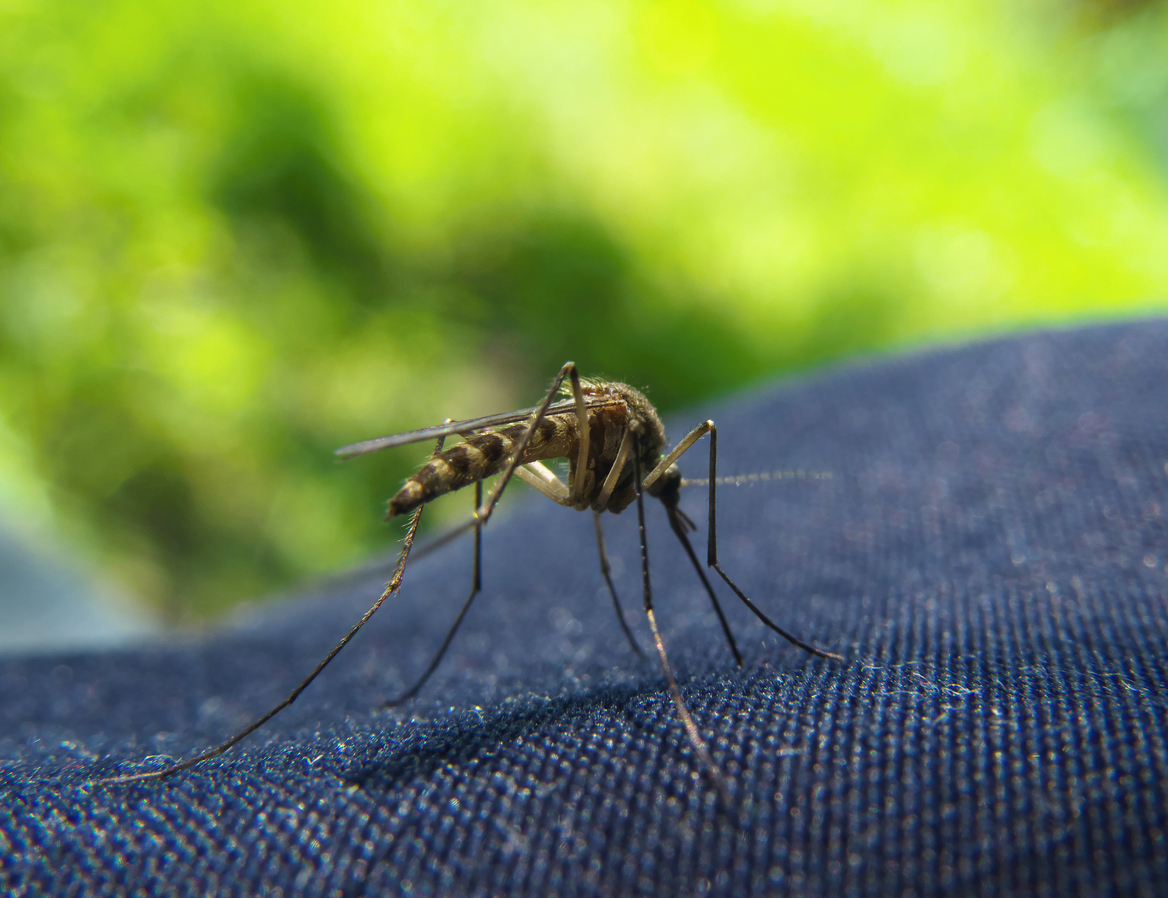 Stimuli that Attract Mosquitoes
Stimuli that Attract Mosquitoes
For mosquitoes that feed during the daytime, dark-colored clothing is attractive. Their eyesight is poor, and the dark coloring looks like the shadows where they like to hide. Carbon dioxide is an attractant and can be detected by mosquitoes at distances up to 120 feet. When we exhale, we are attracting mosquitoes. At close range, skin temperature and moisture serve as attractants. Floral fragrances from perfumes, soaps, lotions, and hair-care products may also attract mosquitoes.
Ineffective Means of Reducing Mosquito Bites
- Consumers may find ads for small ultrasonic electronic devices meant to be carried on the body. These purportedly emit sounds that repel mosquitoes. Many fields and lab studies show that these devices do not work.
- Encouraging natural predation by setting up the bird and/or bat houses has also been unsuccessful in reducing local mosquito populations. Birds and bats eat many types of insects, not only mosquitoes.
- Backyard "bug zappers", which lure and electrocute insects, are also ineffective. Mosquitoes continue to be more attracted to humans than to devices. One study showed that of all the insects killed by these devices, only 0.13% were female (biting) mosquitoes.

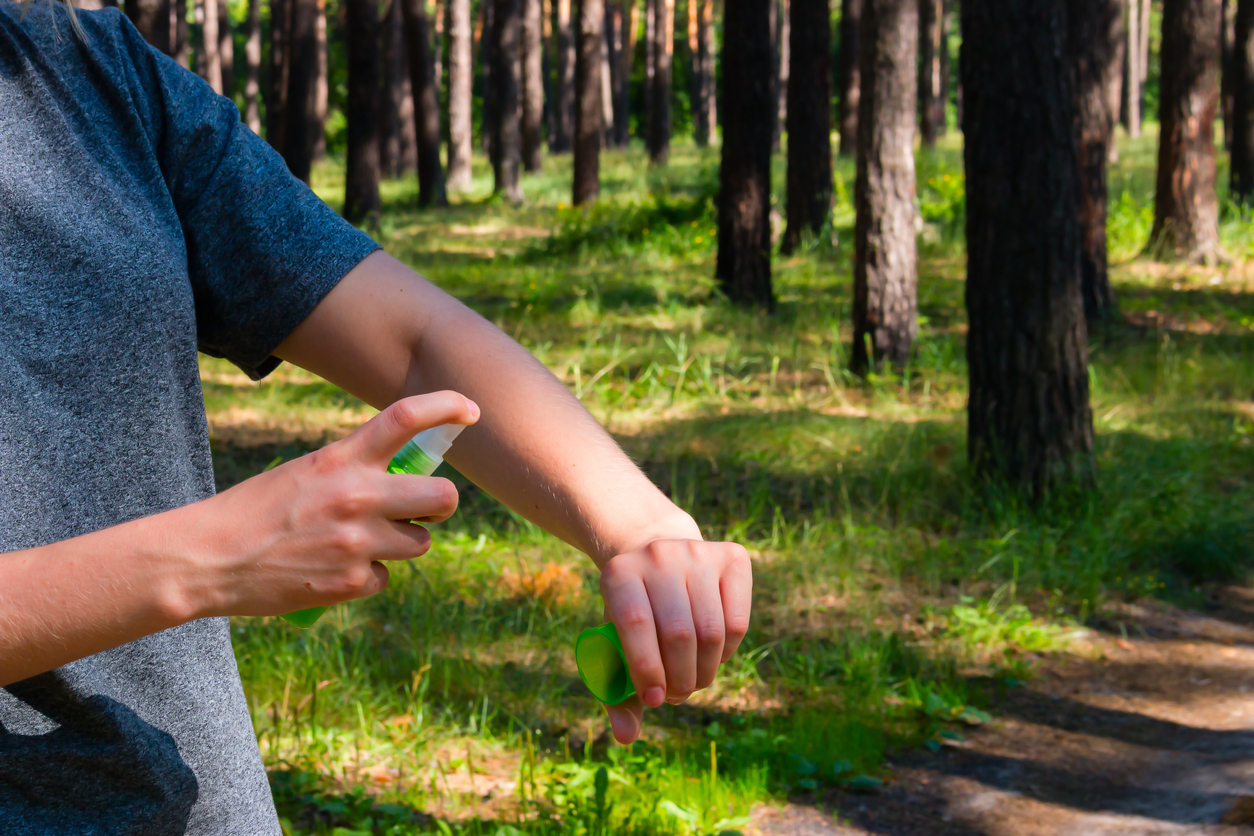 Deet is the most effective and best studied mosquito repellent currently on the market. DEET was discovered and developed by scientists at the US Department of Agriculture and was patented by the Army in 1946. It is a broad-spectrum repellent that is effective against mosquitoes, biting flies, chiggers, ticks, and fleas. It has a remarkable safety profile after over 40 years of worldwide use, but toxic reactions can occur, especially if the product is misused or overused on babies or young children.
Deet is the most effective and best studied mosquito repellent currently on the market. DEET was discovered and developed by scientists at the US Department of Agriculture and was patented by the Army in 1946. It is a broad-spectrum repellent that is effective against mosquitoes, biting flies, chiggers, ticks, and fleas. It has a remarkable safety profile after over 40 years of worldwide use, but toxic reactions can occur, especially if the product is misused or overused on babies or young children.